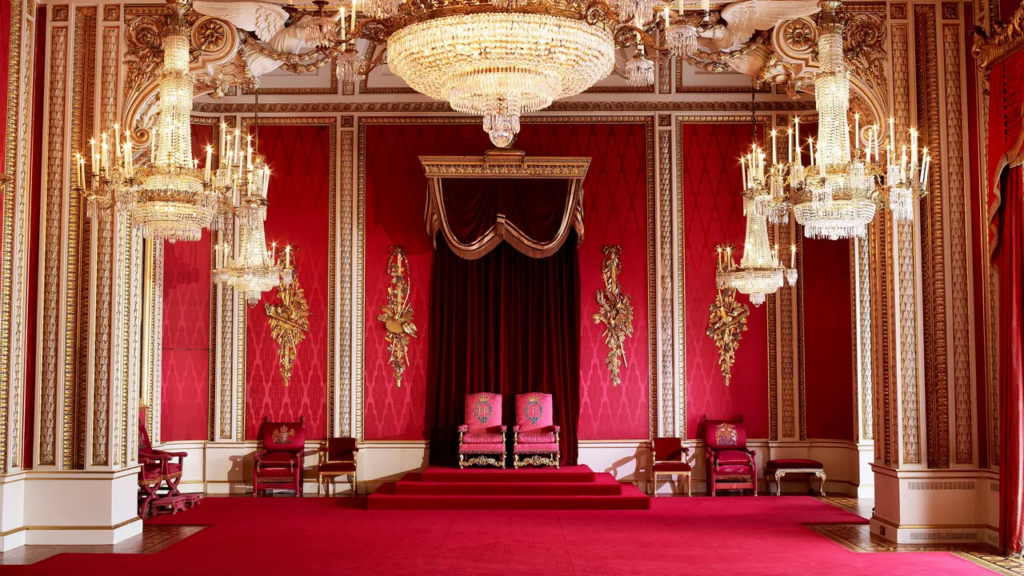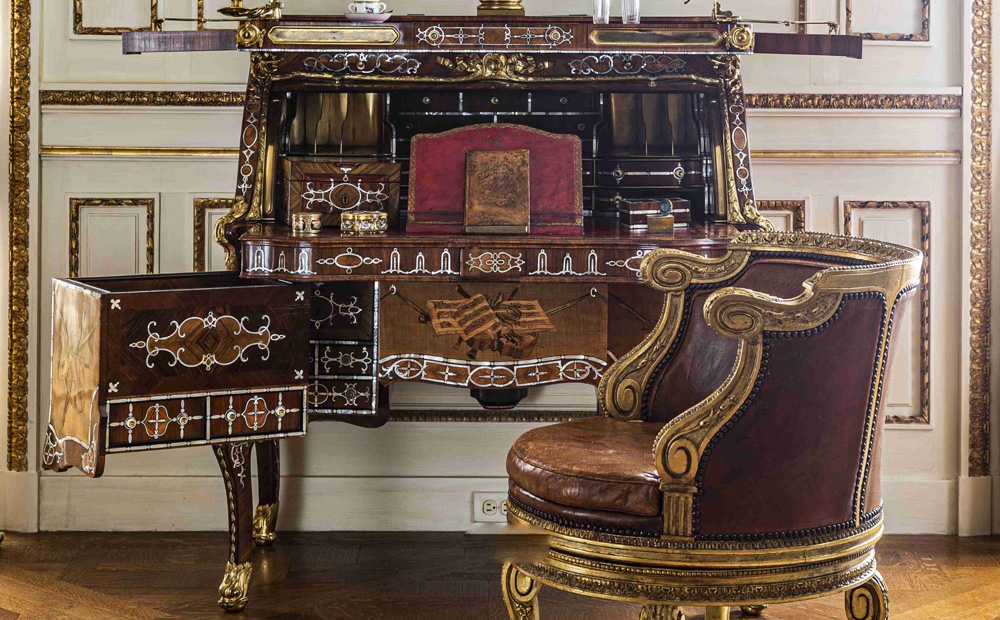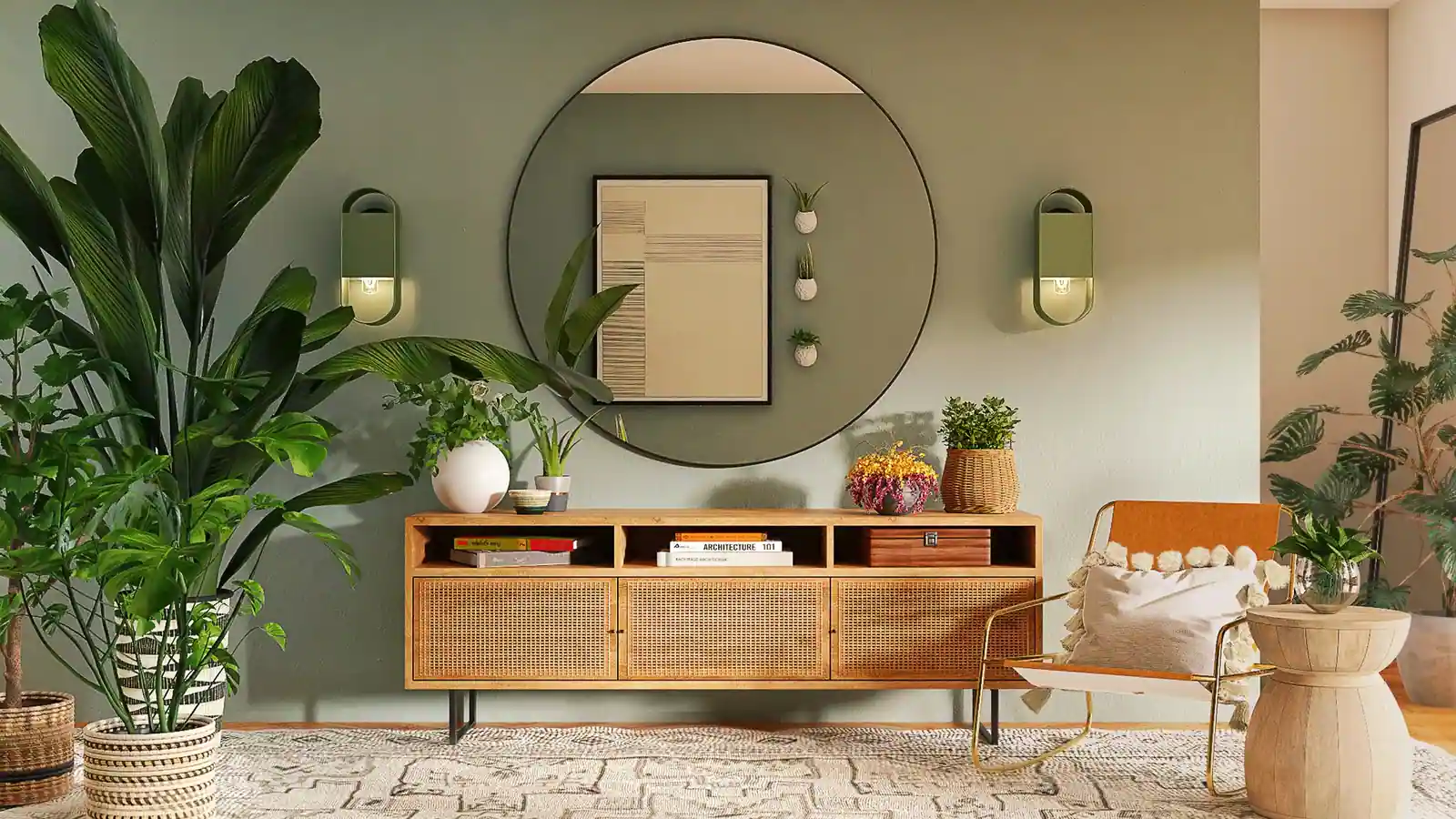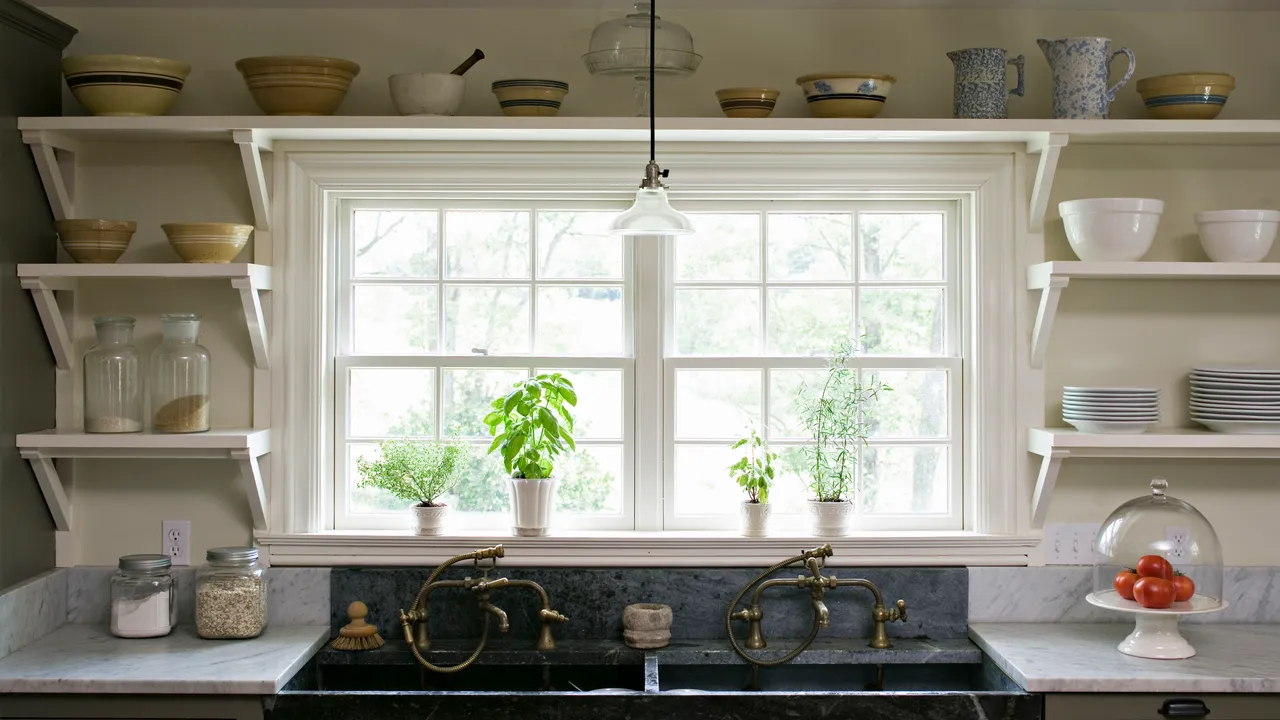Introduction
When we think of Catherine the Great, most envision a strong monarch, an Enlightenment thinker, and a talented reformer. But few realize this iconic Empress of Russia also played a significant role in shaping European-inspired imperial interior design.The word “Catherine the Great furniture” refers not only to ornate chairs and tables—it encapsulates an entire cultural movement that blended luxury, elegance, and Enlightenment ideals. In this short article, we’ll explore the styles, materials, influences, and lasting legacy of the furniture that adorned the palaces of among history’s most fascinating rulers.
Catherine the Great: The Visionary Behind the Style
Catherine II reigned from 1762 to 1796, during an amount of cultural transformation in Russia. She had a passion for the arts and design and saw her court as a reflection of modernity and sophistication. To her, furniture wasn’t merely functional—it had been symbolic. Every ornate table or gilded commode was a note to the planet: Russia was no more a distant, backward empire but a refined, European power.
Her dedication to the decorative arts led her to import artisans, patronize architects, and redefine Russian royal interiors consistent with the most effective of French, English, and Italian design.
European Influence and the Rise of Neoclassicism
By the mid-18th century, Rococo—with its elaborate curves and floral motifs—was giving solution to Neoclassicism, a method that celebrated the clean lines and symmetry of Greco-Roman antiquity. Catherine eagerly embraced this transition. She invited European architects and designers, such as the Scottish neoclassicist Charles Cameron, to help renovate her palaces.
Neoclassical furniture under Catherine’s rule typically featured:
- Rectilinear forms and restrained ornamentation
- Gilded bronze (ormolu) mounts
- Carved wood with mahogany veneers
- Mythological symbols and classical figures
- Columns, medallions, and laurel wreath motifs
Her goal was to align Russian design with Enlightenment values: order, balance, and rational beauty.
Iconic Palaces and Furniture Collections

1. Tsarskoye Selo (Catherine Palace)
Located just outside St. Petersburg, this was among Catherine’s most opulent residences. The rooms were filled with French-inspired Rococo and Neoclassical furniture, often custom-made by artisans from abroad. Elaborate gilded chairs, marble-topped tables, and intricately veneered cabinets demonstrated her refined taste.
2. The Amber Room
Though not originally created under Catherine’s reign, she dedicated to its restoration and admired its intricate craftsmanship. Often dubbed the “Eighth Wonder of the World,” the Amber Room was adorned with panels of amber, gold leaf, and mirrors, surrounded by similarly opulent furniture in complementary tones.
3. The Hermitage Museum
Founded by Catherine herself, the Hermitage once served as her private retreat. She filled it with treasures from across Europe, including Louis XVI–style chairs, gilded console tables, and fine English and German porcelain cabinets.
Materials and Craftsmanship
Catherine spared no expense in sourcing the best materials. Some common elements in Catherine the Great furniture included:
- Mahogany and Rosewood: Imported for his or her rich color and durability.
- Ormolu (Gilt Bronze): Used extensively for mounts, handles, and decorative inlays.
- Marquetry and Inlay: Intricate designs using different woods or mother-of-pearl.
- Silk and Velvet Upholstery: Used in chairs and chaise lounges, often in imperial colors like red, gold, and emerald green.
- Lapis Lazuli, Malachite, and Jasper: These precious stones were often used for tabletops, particularly in her Malachite Room.
Skilled Russian craftsmen, trained by imported European masters, began to create some of the finest furniture in Eastern Europe, giving rise to a unique Russo-European fusion.
Notable Designers and Contributors
Catherine’s reign attracted at the very top circle of architects, designers, and cabinetmakers:
- Charles Cameron: His work in Pavlovsk and Tsarskoye Selo introduced Palladian elegance to Russian palaces.
- David Roentgen: A German cabinetmaker fabled for his mechanical furniture—secret drawers and rotating sections—which thrilled the Empress.
- Andrei Voronikhin: A Russian architect who contributed to furniture and interiors, especially in early 19th century but was influenced by the standards Catherine set.
Symbolism and Political Messaging
Beyond their aesthetic value, Catherine’s furniture choices often had political undertones. She sought to project strength, wisdom, and sophistication through her surroundings. Furniture often included motifs such as:
- The Russian double-headed eagle: Symbol of imperial power.
- Owls and laurels: Representing wisdom and victory.
- Greek and Roman deities: Emphasizing her alignment with Enlightenment and classical ideals.
By aligning her court’s interior design with that of Louis XVI’s France and George III’s England, she was creating a bold statement: Russia belonged among Europe’s great cultural powers.
Catherine’s Enduring Influence on Russian Design
Catherine’s investment in architecture and furniture laid the inspiration for the Russian Imperial style, which would flourish well to the 19th century. Future monarchs, including Alexander I and Nicholas I, continued her aesthetic legacy in places just like the Winter Palace, Pavlovsk, and Peterhof.
Today, original pieces from Catherine’s era are available in:
- The Hermitage Museum
- The Catherine Palace
- The Russian Museum
- International collections in France, Germany, and the UK
These enduring artifacts serve as windows to the refined world she curated—and a note of how furniture may be both art and history.
Conclusion
Catherine the Great furniture is more than décor—it is a narrative of power, vision, and cultural ambition. Through her discerning taste and bold patronage, Catherine not only transformed the Russian Empire’s palaces into showcases of opulence but additionally helped bridge East and West with regards to artistic influence. The elegance, craftsmanship, and symbolic richness of her furniture continue to inspire collectors, historians, and designers worldwide.
Whether you’re a lover of history, a supporter of Neoclassical design, or simply intrigued by royal interiors, Catherine the Great’s furniture legacy supplies a fascinating glimpse into the life of a ruler who used style as something of soft power.




